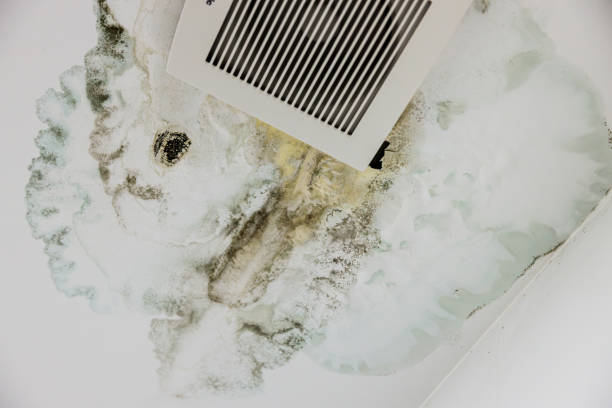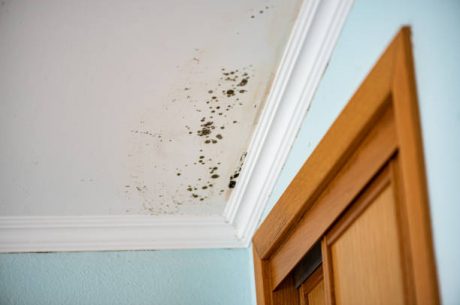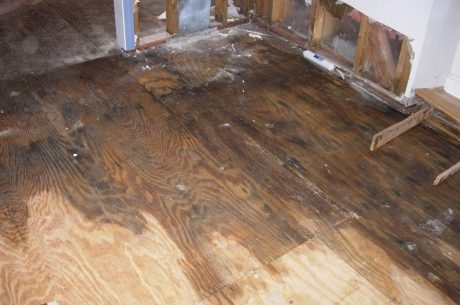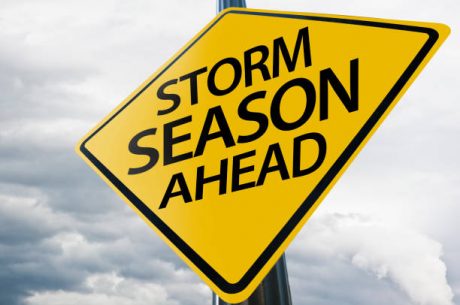Table of Contents
When summer heat hits Miramar Beach, there’s nothing like walking into a perfectly cooled home. But behind every refreshing blast of air is a system that must be installed with care. Why? Because AC installation in Miramar Beach that’s done poorly can lead to more than a hot house—it can cause serious water damage and mold infestations.
Here in Florida’s panhandle, humidity is always in the air. That means even a small mistake during AC installation can result in moisture buildup, water pooling, and mold growth behind your walls. Unfortunately, many homeowners don’t discover the issue until it’s too late—and by then, they’re calling restoration experts instead of HVAC techs.
Let’s explore how to do AC installation right, the risks of getting it wrong, and how PuroClean of Santa Rosa Beach can help when things go south.
The Importance of Proper AC Installation in Miramar Beach
An air conditioner isn’t just about cooling air—it’s also about removing humidity. In coastal Florida, that makes your AC one of the most important systems in your home for preventing moisture-related issues.
However, when AC installation in Miramar Beach is rushed or done improperly, it can cause:
- Leaky condensation lines
- Improper drainage leading to ceiling or wall damage
- Oversized systems that don’t run long enough to remove humidity
- Negative pressure that draws in humid outside air
- Mold-friendly conditions in ductwork and air handlers
And once water damage or mold sets in, it’s no longer just an HVAC issue—it’s a job for a professional remediation team.
5 Hidden Dangers of Improper AC Installation in Miramar Beach
1. Condensate Line Leaks
Every AC system has a condensate drain line—its job is to carry water (created from humidity pulled out of the air) away from the system. If this line is:
- Poorly sloped
- Clogged with algae or debris
- Incorrectly installed
…it can back up and overflow into your ceiling, attic, or floorboards. And because this water isn’t visible right away, you could be dealing with damage for weeks before discovering it.
👉 Learn how condensate lines work from HVAC.com
2. Improper Unit Sizing
In humid climates like Miramar Beach, bigger isn’t always better.
An oversized unit cools the house too quickly without running long enough to remove moisture. This results in a cold but clammy house—perfect for mold spores to thrive.
Proper load calculations are key during AC installation in Miramar Beach, but many installers skip this step, especially when replacing old units.
3. Bad Duct Design and Leaks
Poorly sealed or disconnected ductwork pulls hot, humid air into your system, especially if ducts run through the attic.
Signs of poor ductwork include:
- Musty smells when the AC runs
- Uneven cooling
- Higher-than-average humidity indoors
- Visible mold around vents
Duct issues caused by faulty installation can compromise your air quality and lead to moisture-related wall and ceiling damage.
Check out EPA’s HVAC system maintenance guide
4. AC Drain Pan Overflow
Your air handler typically sits in a drain pan that catches water in case of a condensate line clog. If this pan:
- Is too small
- Is not installed level
- Doesn’t have a float switch to detect overflow
…water will spill into your attic or crawlspace, causing damage that’s often invisible until insulation or drywall starts to sag.
5. Encouraging Mold Growth in Walls and Ceilings
Excess humidity from poor AC performance doesn’t just make you sweat—it encourages mold growth. Florida homes are already vulnerable to mold due to weather conditions, and improper AC installation in Miramar Beach can accelerate the problem.
If your system isn’t keeping indoor humidity under 60%, you could see:
- Mold behind drywall
- Mold in vents and duct linings
- Mold under floors or above ceilings
Left unchecked, mold damages materials, harms air quality, and can seriously impact your health.
What a Proper AC Installation Should Include
To prevent these issues, ensure your AC installation in Miramar Beach is done by a reputable, licensed HVAC contractor who follows best practices:
- Accurate load calculation based on square footage, sun exposure, and insulation
- Installation of a correctly sized unit
- Properly sloped and insulated drain lines
- Clean, sealed ductwork
- Secondary drain pan with a float shutoff switch
- Post-installation humidity check
You might also consider a dehumidifier add-on, especially if your home has struggled with high humidity in the past.
How AC Installation Issues Lead to Water Damage
We’ve seen it time and time again at PuroClean of Santa Rosa Beach: A homeowner installs a brand-new AC system, and within weeks, moisture appears in the ceiling, the floor feels soft near the air handler, or there’s a musty odor that won’t go away.
By the time we arrive, water has already seeped into:
- Subfloors
- Drywall
- Ceiling joists
- Insulation
- Cabinets or furniture
Water damage from AC issues isn’t just inconvenient—it’s expensive. And worse, it often comes with mold that begins forming in as little as 24–48 hours.
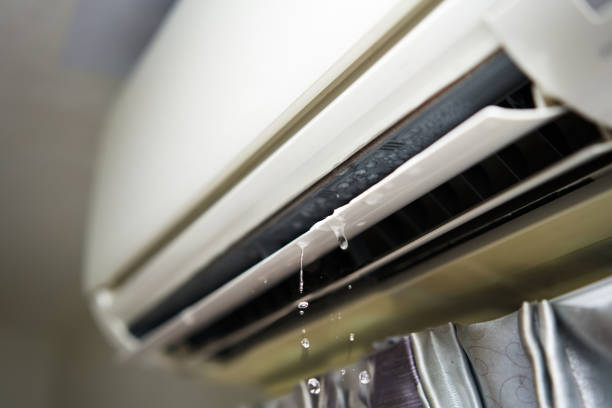
How PuroClean of Santa Rosa Beach Can Help
If your AC installation in Miramar Beach has resulted in water or mold damage, don’t panic. We specialize in fast, certified water extraction and mold remediation that gets your home back to normal—safely.
Our services include:
- Moisture detection using thermal imaging
- Professional drying and dehumidification
- Mold containment and removal
- Structural repairs if needed
- Coordination with insurance companies
📞 Call (850) 399-3380 to schedule an inspection or emergency service.
FAQs About AC Installation in Miramar Beach
Q1: What’s the biggest risk of improper AC installation in Miramar Beach?
Moisture buildup that leads to water damage and mold. This often starts with a blocked drain line or oversized unit.
Q2: Can I clean a clogged condensate line myself?
Yes, if you’re comfortable. Use a wet/dry vacuum or flush it with vinegar. However, repeated clogs may signal a larger issue that needs professional attention.
Q3: How do I know if my AC is too big for my house?
If your home feels cold but humid, or the AC cycles on and off frequently, it could be oversized. A load calculation can confirm this.
Q4: Is mold after AC installation covered by homeowners insurance?
Only if the mold is the result of a sudden and accidental event. Long-term damage from poor installation may not be covered.
Q5: Should I have my ductwork inspected after AC installation?
Yes, especially if you’ve noticed increased dust, poor airflow, or musty odors.
The Bottom Line: AC Installation Can Make or Break Your Home’s Health
AC installation in Miramar Beach is more than a home upgrade—it’s a moisture defense strategy. Done correctly, it keeps you cool and dry. Done wrong, it opens the door to costly water damage and harmful mold growth.
If you’ve had a new AC installed recently—or are seeing signs of moisture, discoloration, or odors—don’t wait.
📞 Call PuroClean of Santa Rosa Beach at (850) 399-3380 for a moisture inspection or immediate water damage service.
We’re here 24/7 with the tools, training, and local experience to protect your home—and your health—from what your AC might be hiding.
